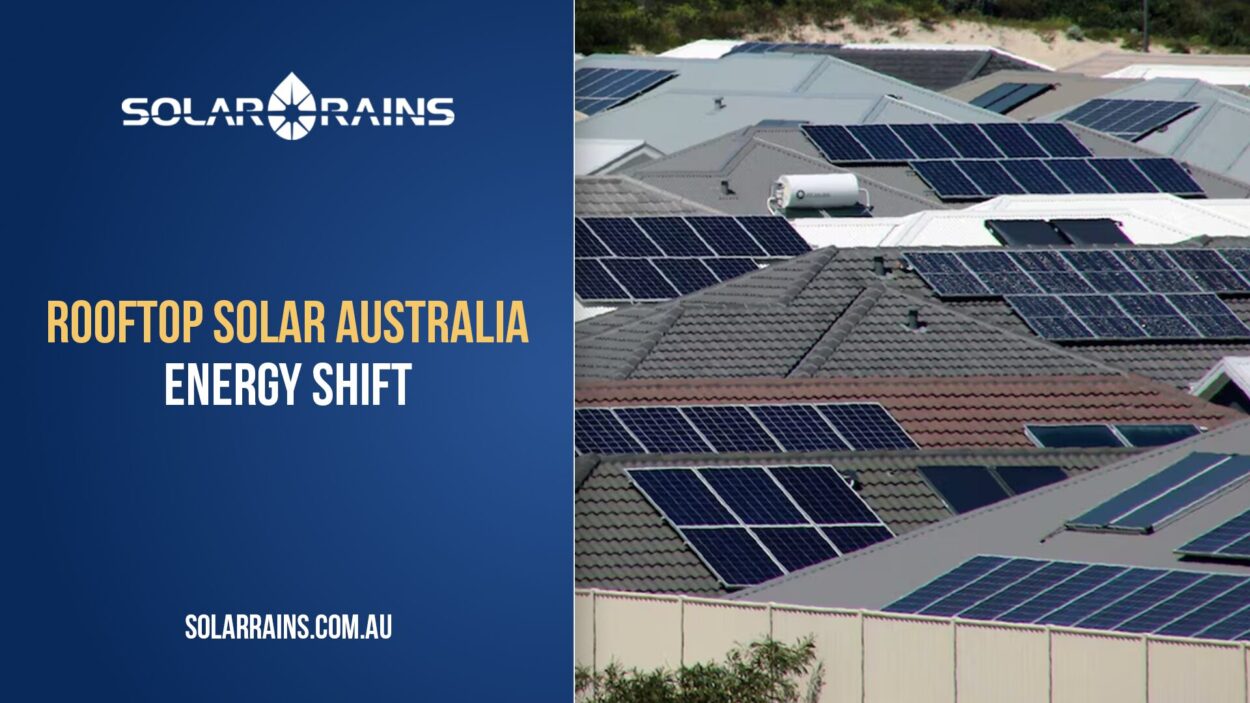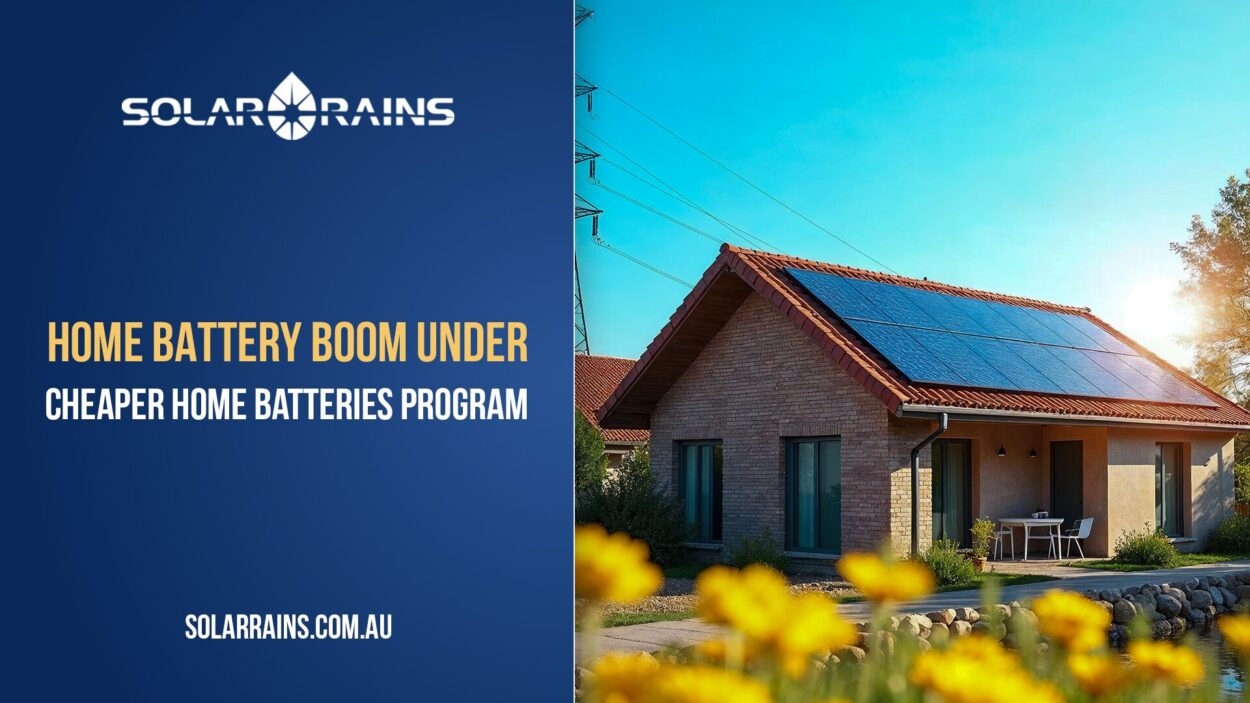For homeowners and businesses embracing solar energy, choosing the right inverter setup is a critical step. Should you go with an all-in-one inverter that combines charging and inverting in one unit, or opt for a separate inverter and charge controller system? Each has its merits, and the right answer depends on your goals, budget, and installation size.
In this blog, Solar Rains unpacks the key differences, pros, and cons of all-in-one vs separate inverters, helping you make an informed decision with ease.
What Is an All-in-One Inverter?
An all-in-one inverter combines three essential solar components into one unit: the inverter, the solar charge controller, and often a battery management system (BMS). Some models even include built-in AC transfer switches and monitoring features.
Key Example from Solar Rains:
These systems are often plug-and-play, simplifying installation and system management.
What Is a Separate Inverter and Charge Controller System?
This traditional approach splits the inverter and MPPT charge controller into two devices. The charge controller manages power from the solar panels and regulates it to safely charge the battery, while the inverter converts DC power to AC for household or business use.
- Flexibility: You can mix and match components tailored to your needs.
- Scalability: Easier to upgrade individual parts.
Solar Rains offers multiple standalone hybrid inverters and batteries for flexible configurations. View options here: Residential Battery & Inverter Products
Technical Comparison Table
| Feature | All-in-One Inverter | Separate Inverter & Charge Controller |
| Ease of Installation | Plug-and-play, minimal wiring | Requires complex setup |
| Space Requirement | Compact, wall-mounted | Needs more space for separate units |
| Efficiency | Optimised internal components | Customisable for higher efficiency |
| Cost | Lower upfront for small setups | Cost-effective for large systems |
| Maintenance | Easy monitoring | Can be harder to troubleshoot |
| Scalability | Limited expandability | Highly modular |
| Suitability | Homes, small businesses | Medium to large installations |
| Aesthetics | Clean look | Multiple visible units |
Pros & Cons
Pros of All-in-One Inverters
- Faster installation, lower labour cost.
- Pre-configured to reduce setup errors.
- Sleek design saves wall space.
- Great for smaller solar battery systems or off-grid cabins.
Cons of All-in-One Inverters
- Harder to repair if one component fails.
- Les flexible for future system upgrades.
- May not handle high-voltage input as well as standalone charge controllers.
Pros of Separate Inverters & Charge Controllers
- Flexibility to choose best-in-class inverter & MPPT controller.
- Easier to upgrade or scale the system later.
- Better for commercial or high-capacity systems.
Cons of Separate Systems
- More expensive wiring & installation.
- Requires technical know-how for correct configuration.
- Slightly larger system footprint.
Which System Is More Efficient?
All-in-one inverters tend to optimise internal power conversion between the MPPT controller and the inverter. However, if you’re targeting maximum custom performance and you have specific inverter or MPPT brands in mind, a separate system may squeeze out a few extra percentage points in efficiency.
Hybrid inverters available at Solar Rains (like Deye & SOFAR) offer top-tier performance and integration with high-efficiency batteries.
Browse High-Efficiency Hybrid Inverters
Applications: Who Should Use Which?
Residential Users
- All-in-One: Ideal for small to medium homes using 5–10kWh per day.
- Separate System: Great for homeowners planning future expansion or integrating smart grid features.
Businesses & Commercial Sites
- All-in-One: May suit small retail shops or clinics.
- Separate System: Better for larger energy demands (20kWh+) and complex installations.
Cost Considerations
While all-in-one inverters are cost-effective upfront, they may require full replacement if one part fails. Separate systems might cost more initially, but individual components can be swapped or upgraded affordably.
Always consult your solar supplier about warranty coverage and future maintenance costs
Common Use Cases
| User Type | Recommendation |
| Off-grid cabin | All-in-one inverter |
| 2-bedroom home | All-in-one or small hybrid |
| Business office | Separate inverter system |
| Remote farm | Separate with hybrid battery system |
| Solar retailer or installer | Separate setup for flexibility |
Recommendations from Solar Rains
At Solar Rains, we recommend:
- All-in-One Systems for homeowners who want fast setup, aesthetic integration, and minimal maintenance.
- Separate Systems for solar power suppliers, developers, and users who need scalability and fine control.
Top-rated products on our site:
FAQs
Yes. Most come with IP65/IP66 ratings and are compliant with Australian standards.
Some allow adding more batteries, but the inverter capacity is fixed. Consider future needs before choosing.
Separate systems may be more economical long-term due to replaceable components.
Yes, if voltage and current match the inverter’s input specs. Always consult a certified installer.
Use hybrid for grid-connected homes with battery backup. Use off-grid if no grid connection exists.
Conclusion: Which One Should You Choose?
The decision between an all-in-one inverter and a separate inverter with charge controller boils down to your system size, budget, and future needs.
- Want plug-and-play simplicity? Go all-in-one.
- Want flexibility and performance tuning? Choose separate components.
With expert support from Solar Rains, your investment in solar energy will be future-proof, efficient, and tailored to your site. Visit our website to explore solar products or contact our team for a custom quote.










